What Are Window Treatments? Advantages, Disadvantages & FAQ
-
Pete Ortiz
- Last updated:
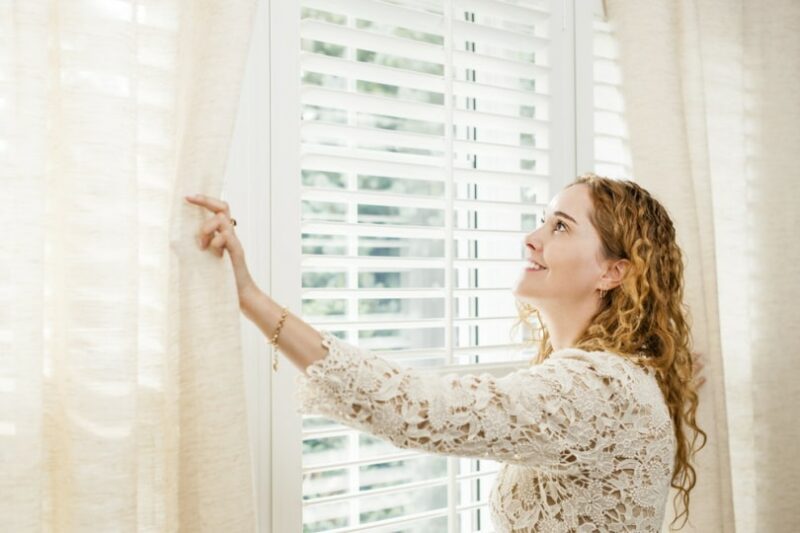
If you’ve never heard this term, that’s okay. A “window treatment” is a term in interior design to denote any kind of covering for windowpanes and windowsills. Do curtains and blinds qualify? Yes, those are window treatments. Curtains are a soft treatment and blinds are a hard treatment, but we’ll get more into that later. First, what is the primary purpose of window treatments
How Do They Work?
What is a window anyway? We all take them for granted. Originally, windows were holes in the side of fortresses used to observe the surroundings of cities. They were used to keep watch to ensure that enemies were not attacking, and projectiles could be thrown or shot out the side. They had a larger field of view than the opening itself. In the colder seasons, inclement weather had to be kept out. Fabrics were first utilized as a mere covering, and that is the origin of curtains.
Depending on the type of window treatment, they may either be translucent or opaque. Some treatments provide a certain degree of versatility, like being able to pivot Venetian blinds open or shut. Some sheer curtains are not designed to be drawn fully back. Instead, they remain in place. The possibilities are limitless.
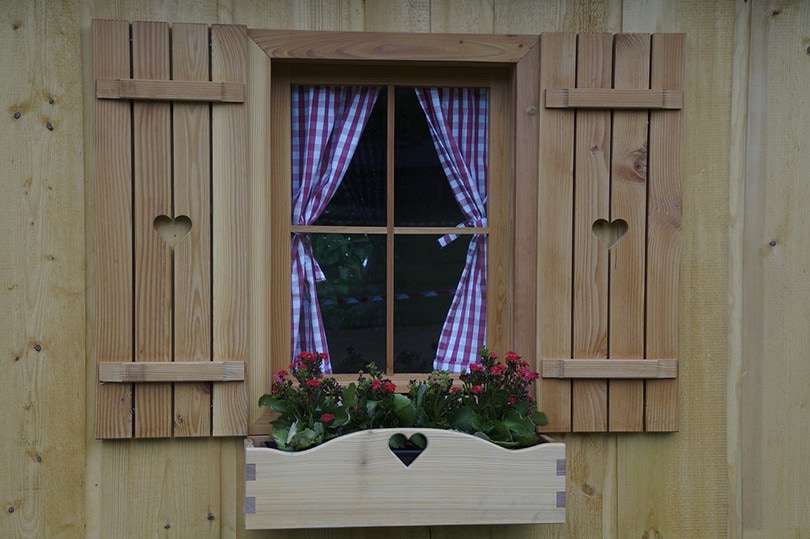
What Are the Different Types of Window Treatments?
Hard Treatments
- Blinds: Horizontal or vertical slats that can be opened partially or fully. The slats can be condensed by opening the entire fixture fully, either by pulling cords for horizontal slats or sliding them along a track. They are often made of wood, faux wood, or aluminum.
- Shades: Shades are blinds made of a single piece of material, usually fabric. They are opened by pulling a string.
- Shutters: Shutters are solid pieces of furniture attached to the window. They have slats that can be opened or closed fully. Sometimes shutters can be opened like a door, especially on smaller windows.
Soft Treatments
- Curtains: Pieces of cloth, known as panels, that are hung over windowpanes to block or filter light completely. Curtains are usually attached to a curtain rod fastened above the window. Often, they hang from rings that slide along the rod
- Drapery: Like curtains, drapery often serves a more aesthetic purpose to accentuate windows (when pulled back to the side) though they usually can cover the window as well. Drapes are usually lined with another fabric, unlike curtain panels.
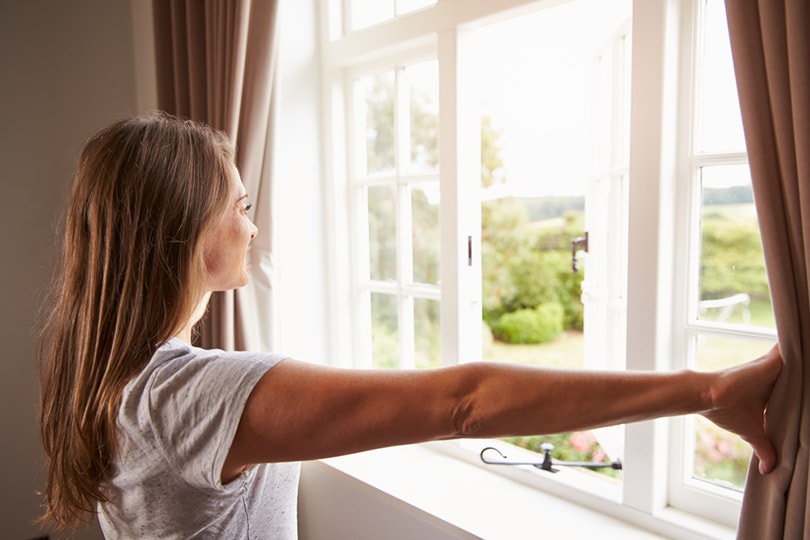
Other Treatments
Treatments applied around the window are:
- Molding: Placed around windows to prevent water from leaking. It serves a dual purpose in being decorative.
- Cornice board: A piece of wood board placed above the windowpane that is upholstered decoratively. It is usually used to cover parts like screws or brackets that are unsightly.
- Valance: A piece of fabric cloth, like a drape, that serves a similar function as a cornice board.
- Frosted glass: Sandblasted or acid etched glass on one side allows light to pass through but obscures the image, thus maintaining privacy.
- Smart glass: Also known as switchable glass, smart glass allows more or less light to pass through the windowpane by utilizing technology.
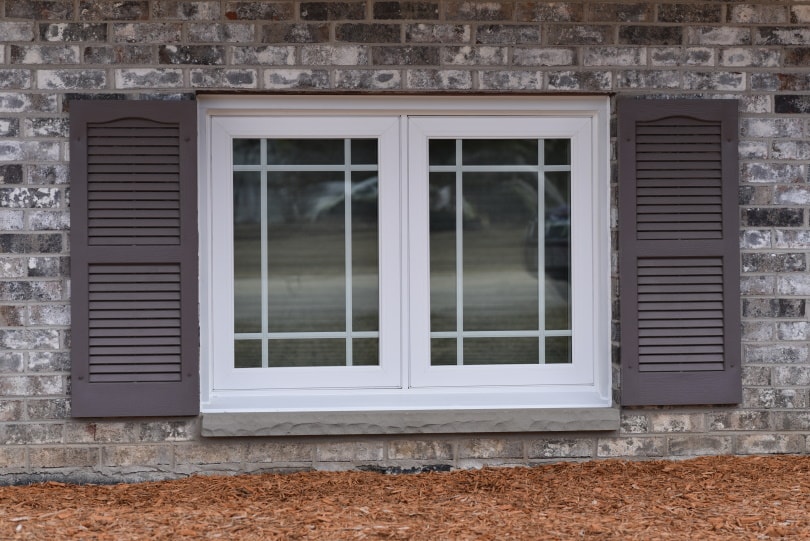
Where Are They Used?
Clearly, window treatments are used on windows. But not all applications are equal. A larger parlor-style room calls for more light, so translucent curtains are preferred over shutters. You may want blackout curtains over the top of the frame for a child’s bedroom. You may find that some windows require no window treatments whatsoever. That old window in the back of the garage? If you look through it, you only see the back of a cabinet anyway. Why cover it?
Advantages of Window Treatments
- Aesthetic: One of the apparent advantages of window treatments (when designed well) is that they provide a decorative and aesthetic quality to the room. The whole ambiance of the room can change depending on what type of curtains you have.
- Filtering Light: With the various window treatments available, you can have natural light coming in as bright as the day allows or as dark as your room allows. There’s no on-off switch with curtains. Think of your options as a dimmer switch in electrical terms.
- Privacy: Sometimes you can rely on the light of the day outside to prevent passersby from peering in and getting a good look. At night, that’s not so easy. In any case, it’s always good to have some type of covering for privacy.
- Heat Control: Thus far, we’ve primarily focused on the visual aspect of window treatments. However, when you are filtering light, you are also filtering heat. On hot summer days, it’s nice to know that you can drop the blinds and draw the drapes to keep the house from getting too hot.
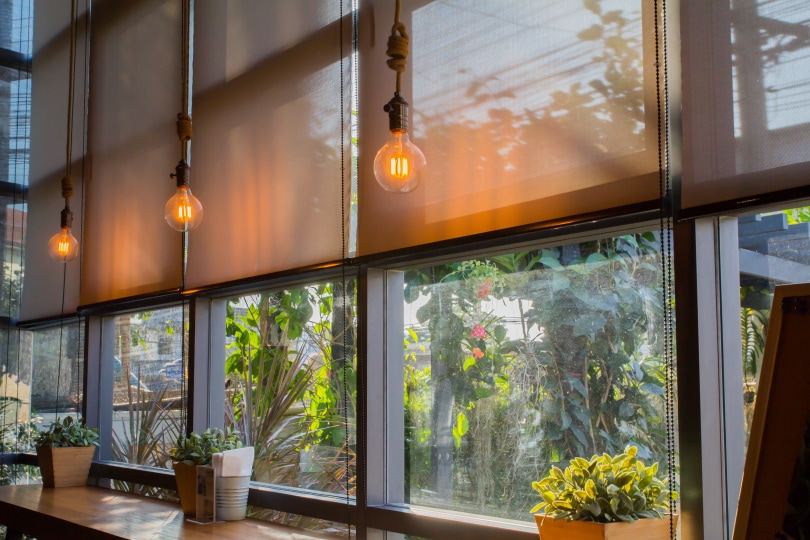
Disadvantages of Window Treatments
- Cleaning: Dusting the blinds is one of the chores that seem to get completed last. It’s probably because it takes so long to go between all the slats. If you have curtains, you have to worry not only about dust but also about the grime accumulating on the bottom portion.
- Pets: Our furry friends not only create furry messes, but they also can get rambunctious. Cats sometimes claw at the curtains or bat around the string that draws the blinds.
Frequently Asked Questions
What Is the Difference Between Drapery Panels and Curtains?
Drapery panels are lined with another fabric and are often made of a thicker fabric. Curtains are typically made of a lighter material and are more translucent. Although they are distinct, it is still acceptable to refer to drapery panels as curtains though less acceptable to refer to curtains as drapes.
Is It OK for Curtains to Puddle on the Floor?
Yes, even though it looks sloppy, it is okay to puddle curtains between 6 – 16 inches onto the floor. Here’s a quick guide about how to puddle your curtains properly.
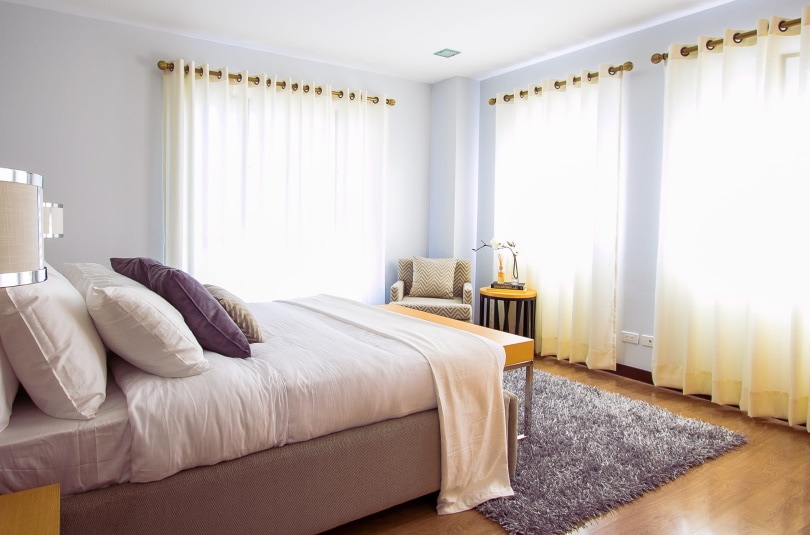
What Is the Current Trend for Window Coverings Today?
Shades are in right now, both for indoor and for outdoor use. For your interior, try some roman shades on your windows. They allow light in but can also be closed and look simple yet elegant at the same time. For the patio, roller shades are a great way to keep sunlight out while you recline in the shade.
Conclusion
There are several ways that you can adorn your home. You can create a functional and fashionable design with blinds and curtains alone. Most of us don’t run the risk of getting seasonal affective disorder (SAD), and it’s okay to block out some sun from time to time. You have to find what works for you and your family.
Featured Image Credit: Elena Elisseeva, Shutterstock
Contents


